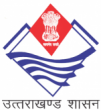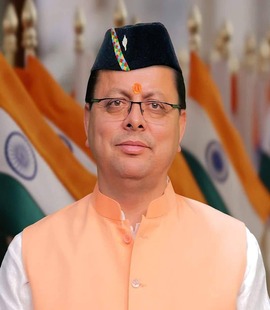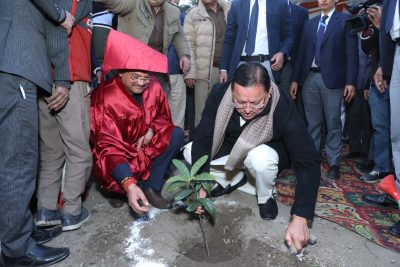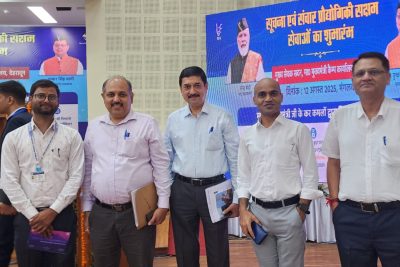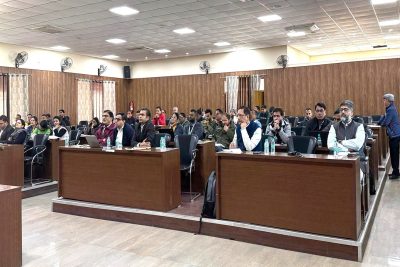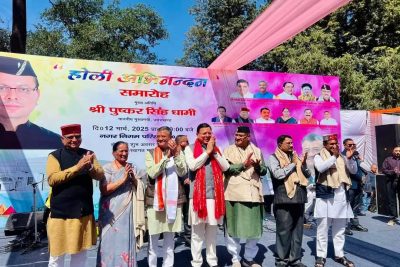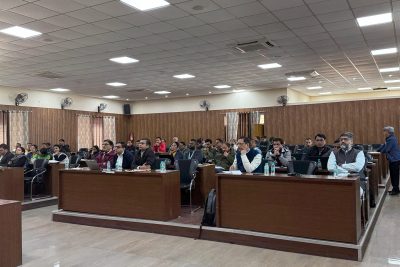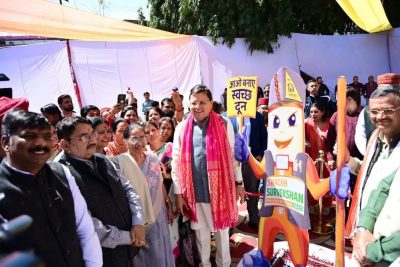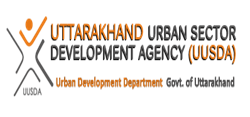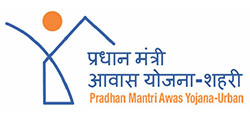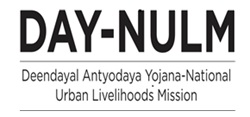About Us
As per Census 2011, Uttarakhand’s urban population stands at 30.5 lakh, with an urbanization rate of 30.2%, which is close to the national average of 31.2%. The Urban growth rate, averaging 4.0% annually, is significantly higher than the rural growth rate of 1.2%. The major urban centers in Uttarakhand include Dehradun (5.75 lakh), Haridwar (2.31 lakh), and industrial hubs.
Since the inception, the state has witnessed rapid urban growth, further intensified by the state’s numerous tourist destinations. This has led to substantial pressure on urban infrastructure, making sustainable urban planning a key priority. Also, despite the hilly terrain of Uttarakhand, urban development has evolved and adapted to address the challenges effectively.
Read MoreSchemes/Initiatives
- Rudrapur – 50-TPD Bio-Compressed Gas Plant
- Haldwani – BAINI SENA (SHG) Solid Waste Management
- Material Recovery Facility (Plastic Waste Management)
- Dehradun – Material Recovery Facility, Aatmanirbhar
- Smart Toilet Swachh Bharat Mission (Urban)
- GIS-Based Property Tax Mapping
- 1st Men SHG – Nagar Panchayat Lalkuan
- Waste to Energy – Compressed Bio Gas (CBG) Plant
Whats New
- Central Approval for New 881 Houses 17-10-2025
- Rishikesh 24-09-2025
- Cleanliness is Service: Swachhotsav Campaign Kicks Off from 17th September 2025 12-09-2025
- Dehradun 03-09-2025
- Dehradun 03-09-2025
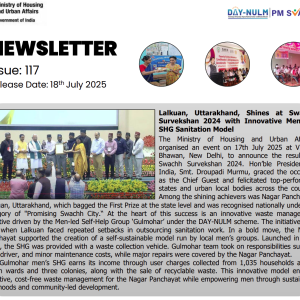
Lalkuan, Uttarakhand, Shines at Swachh Survekshan 2024
Newsletter – Issue 117 (18 July 2025) NEWSLETTER Issue: 117…

Swachh Survekshan-Lalkuan
Swachh Survekshan 2024 Rankings – Uttarakhand Swachh Survekshan 2024 Rankings…
| Title | Date | View / Download |
|---|---|---|
| Swachh Bharat Mission(SBM)- Update as on | 30/06/2025 |
Accessible Version :
View
(3 MB) /
|
| Title | Date | View / Download |
|---|---|---|
| Uttarakhand Municipal Accounting Manual 2021 | 09/05/2025 |
Accessible Version :
View
(7 MB) /
|
| Uttarakhand Municipal Accounting Manual 2021-Notification | 09/05/2025 |
Accessible Version :
View
(579 KB) /
|
| UK(UP Municipalities Act,1916) (Amd) Act,2022 (UK Act No.07 of 2023) | 09/05/2025 |
Accessible Version :
View
(1 MB) /
|
| UK (UP Municipal Corporation Act,1959) (Amd) Act, 2022 (UK Act No. 04 of 2022) | 09/05/2025 |
Accessible Version :
View
(2 MB) /
|
| Double entry accounting system |
Accessible Version :
View
(76 KB) /
|
|
| State Vender Policy |
Accessible Version :
View
(215 KB) /
|
|
| Slum Policy |
Accessible Version :
View
(587 KB) /
|
No post to display
Events
- SHG Products in AMRUT Udhyaan. 15 Sep, 2025
- Fit India Movement – Urban Development Department. 26 Aug, 2025
- Hon’ble Chief Minister Inaugurates Vehicle Location Tracking System (VLTS) in Uttarakhand 12 Aug, 2025
- Hon’ble Prime Minister Narendra Modi praised the waste management system of Kirti Nagar in his ‘Mann Ki Baat’Program. 27 Jul, 2025

Dehradun Smart City
Click Here..
UUSDA
Click Here..VLTS-Inauguration
IMPORTANT LINKS
-
Swachh Bharat Mission
-
PMAY(Urban)
-
AMRUT
-
NULM
-
MoHUA
-
Nagar Nigam Dehradun
-
Local Government Directory
-
UIttarakhand Right To Servic Commission
-
Meri Maati Mera Desh Generate
-
UCC Uttarakhand
-
Uttarakhand Urban Sector Development Investment Program
-
Door-To-Door Vehicle Location Tracking System
-
Swachhata Hi Seva
